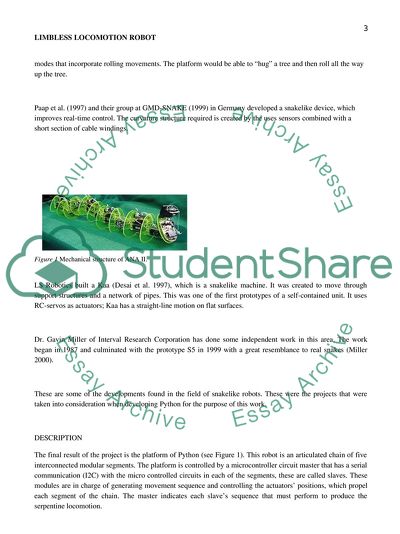Cite this document
(Limbless Locomotion Robot Coursework Example | Topics and Well Written Essays - 3000 words, n.d.)
Limbless Locomotion Robot Coursework Example | Topics and Well Written Essays - 3000 words. https://studentshare.org/design-technology/1879625-limbless-locomotion-robot
Limbless Locomotion Robot Coursework Example | Topics and Well Written Essays - 3000 words. https://studentshare.org/design-technology/1879625-limbless-locomotion-robot
(Limbless Locomotion Robot Coursework Example | Topics and Well Written Essays - 3000 Words)
Limbless Locomotion Robot Coursework Example | Topics and Well Written Essays - 3000 Words. https://studentshare.org/design-technology/1879625-limbless-locomotion-robot.
Limbless Locomotion Robot Coursework Example | Topics and Well Written Essays - 3000 Words. https://studentshare.org/design-technology/1879625-limbless-locomotion-robot.
“Limbless Locomotion Robot Coursework Example | Topics and Well Written Essays - 3000 Words”. https://studentshare.org/design-technology/1879625-limbless-locomotion-robot.


